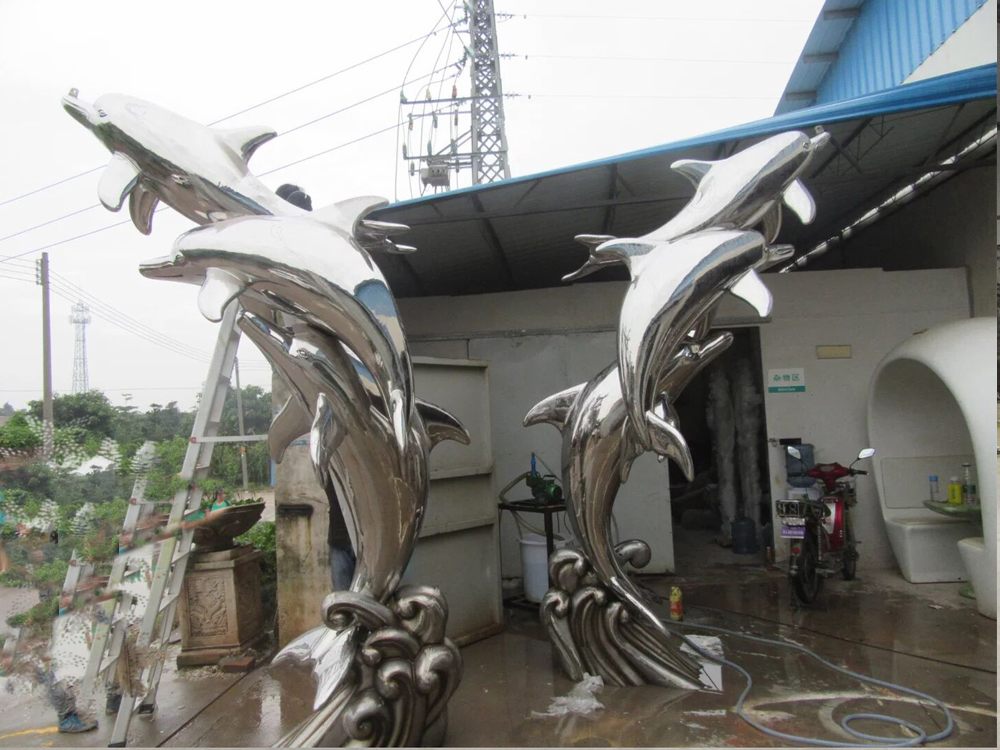
Creating interactive public stone sculptures requires a thoughtful balance of artistic vision, practicality, and community engagement. The first consideration is material selection—durable stones like granite or marble withstand weather and human interaction while maintaining aesthetic appeal. Next, the sculpture's design must invite tactile exploration without compromising structural integrity, incorporating textures, movable elements, or seating areas.
Location plays a pivotal role; the sculpture should harmonize with its surroundings while being accessible to diverse audiences. Safety is paramount—rounded edges and stable foundations prevent accidents. Maintenance planning ensures longevity, as interactive pieces face more wear than static art.
Community involvement fosters connection; workshops or collaborative design processes make the artwork meaningful to locals. Finally, consider lighting for nighttime interaction and wayfinding elements to integrate the sculpture into public spaces. By addressing these factors, artists create stone sculptures that endure physically and emotionally in shared spaces.

